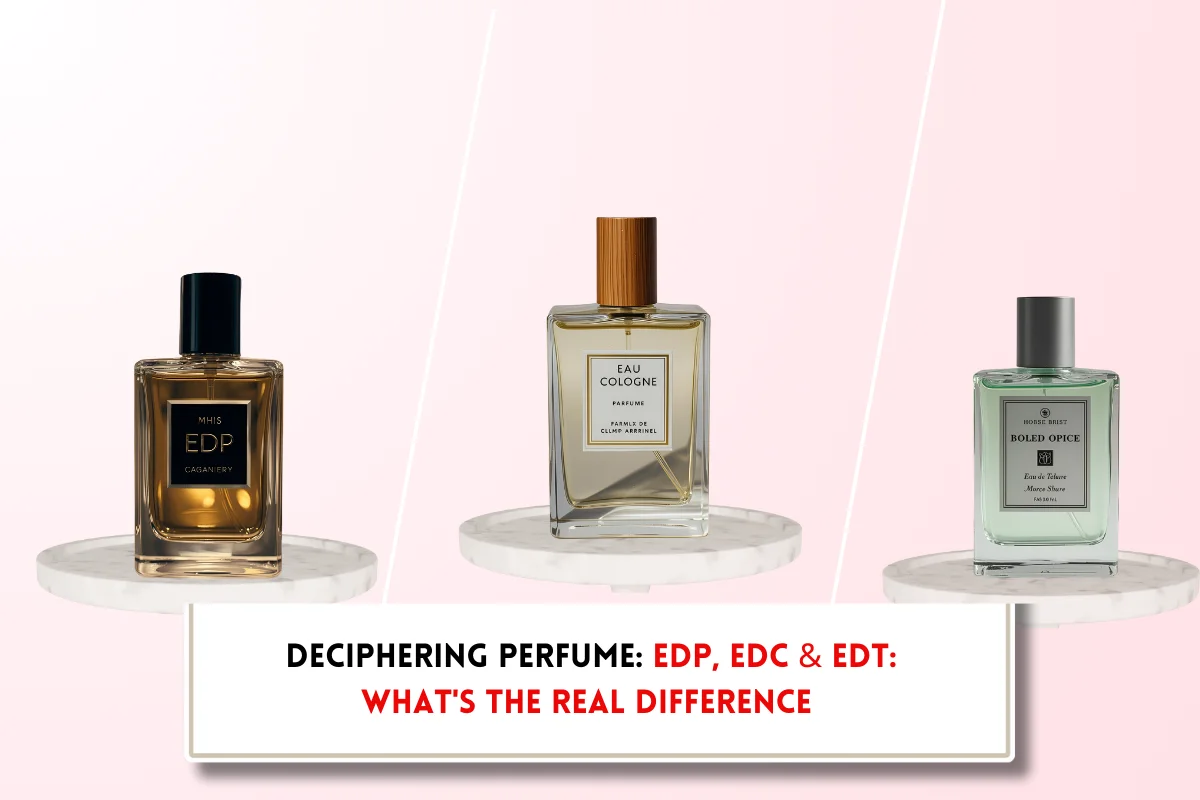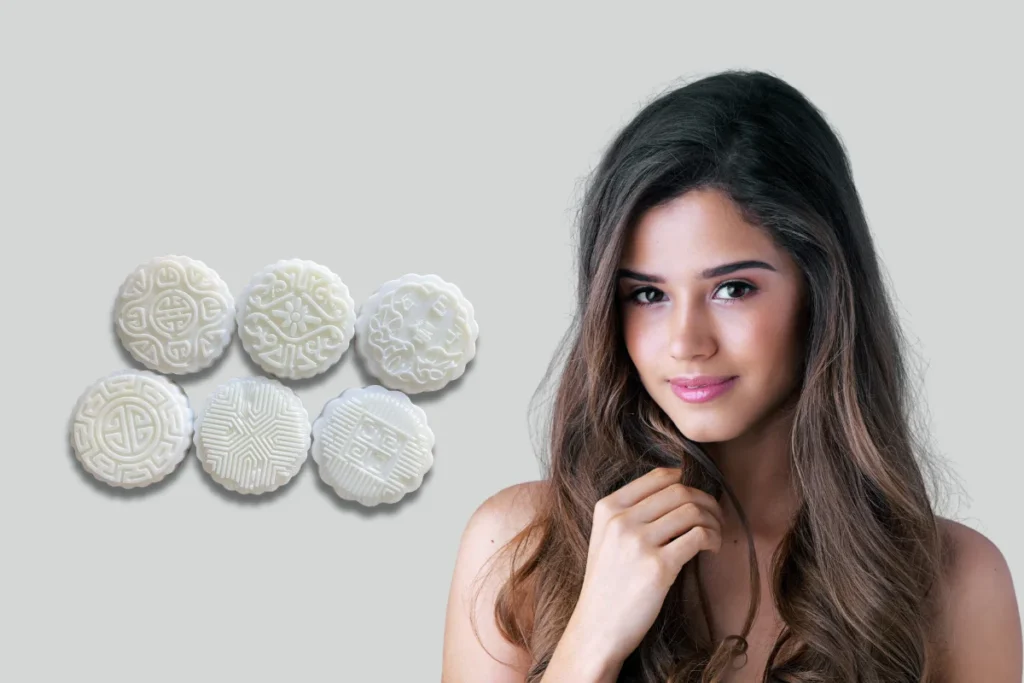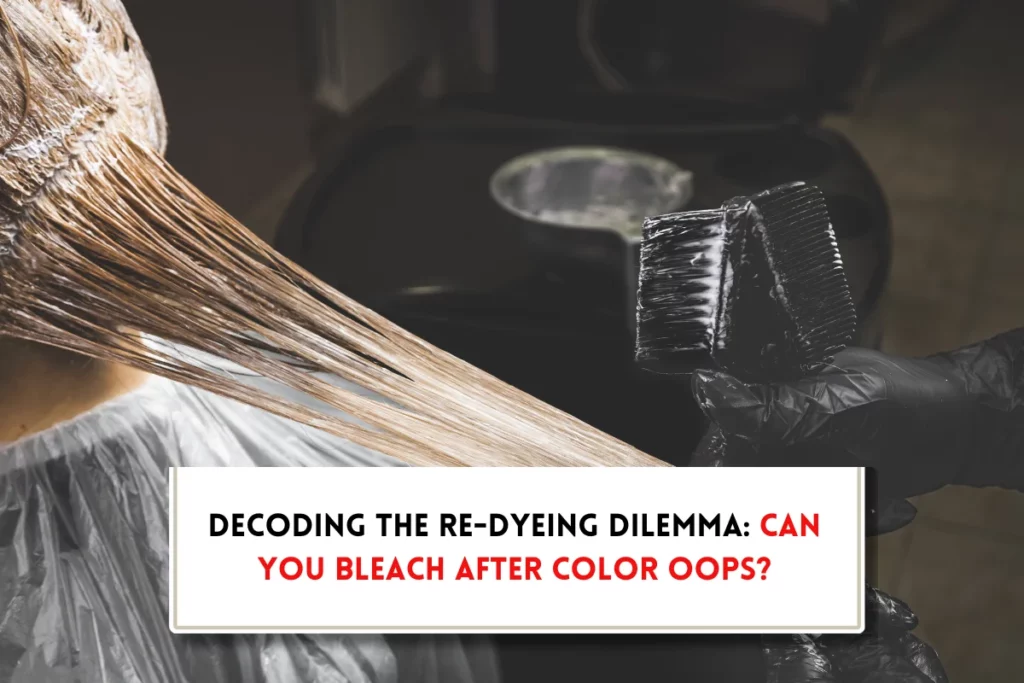What color cancels out red hair?
At BeautyCaters, our expert team independently curates every recommended product. Purchases through our links may earn us a commission. Explore our transparent selection process.
Struggling with unwanted red tones in your hair or has overdone the red hair dye? Whether it’s a brassy brass or a fiery copper, with the right approach, you can neutralize stubborn red tones. What you need is the right color corrector. But what color cancels out red hair? This guide talks about it. So, explore the science behind color theory and know which shades, green or ash-based tone down or completely cancel out red in your hair.
- How to identify red hair tone?
- What is the color theory?
- What is the color wheel?
- The science behind color cancellation
- What color neutralizes red tone?
- What are the alternatives to green tone?
- How to cancel out red hair tone?
- How do I get rid of red undertones in my hair with toning shampoo?
- How do I tone down the brassiness in my hair?
- Can I tone down natural red hair?
- How often do I need to use toning shampoo?
- Final Word: What color cancels out red hair?

How to identify red hair tone?
Your red hair tone is unique to you, and understanding it is essential in determining which color will cancel out the red in your hair. Whether your red hair is natural or dyed, identifying the specific undertones help to choose the right color to neutralize the redness and achieve your desired hair color.
Identifying the undertones in your red hair is a crucial step in determining the most effective color to neutralize the redness and achieve your desired hair color. Whether your red hair is naturally occurring or dyed, recognizing the specific undertones will guide you in selecting the appropriate color to counteract the unwanted redness.
Natural red hair:
- Undertones: Natural red hair can exhibit various undertones, including copper, auburn, or strawberry blonde.
- Identification: Observe your hair in different lighting conditions to determine whether it leans more towards orange, red, or gold. This will help you identify the underlying undertones.
Dyed red hair:
- Undertones: Dyed red hair may have different undertones depending on the color used. Cool undertones may lean towards violet or burgundy, while warm undertones may have hints of copper or orange.
- Identification: Consider the specific shade of red you have dyed your hair and its underlying undertones.
Common red hair tones:
- Burgundy: A deep, rich red with hints of violet or purple.
- Copper: A warm, reddish-brown color with orange undertones.
- Auburn: A natural-looking red with hints of brown and gold.
What is the color theory?
Color theory is the study of how colors interact and influence each other. By understanding the principles of color theory, you can effectively neutralize unwanted tones in your hair, such as red, by using complementary colors that counteract and cancel them out. Key concepts in color theory include:
- Color Wheel: A circular arrangement of colors that shows how different colors relate to each other. The color wheel is typically divided into primary, secondary, and tertiary colors. Primary colors (red, yellow, and blue) are the basic building blocks of color. Secondary colors (green, orange, and purple) are created by mixing two primary colors. Tertiary colors are created by mixing a primary color with a secondary color.
- Complementary Colors: Colors that are opposite each other on the color wheel are considered complementary colors. For example, red and green, blue and orange, and purple and yellow are complementary color pairs. When complementary colors are combined, they can neutralize each other, creating a gray or neutral tone.
- Color Harmony: Color harmony refers to the pleasing arrangement of colors in a composition. There are several color harmony schemes, such as analogous, complementary, triadic, and split-complementary, each with its own unique characteristics and aesthetic appeal..
Also Read: Should you cut or color your hair first?
What is the color wheel?
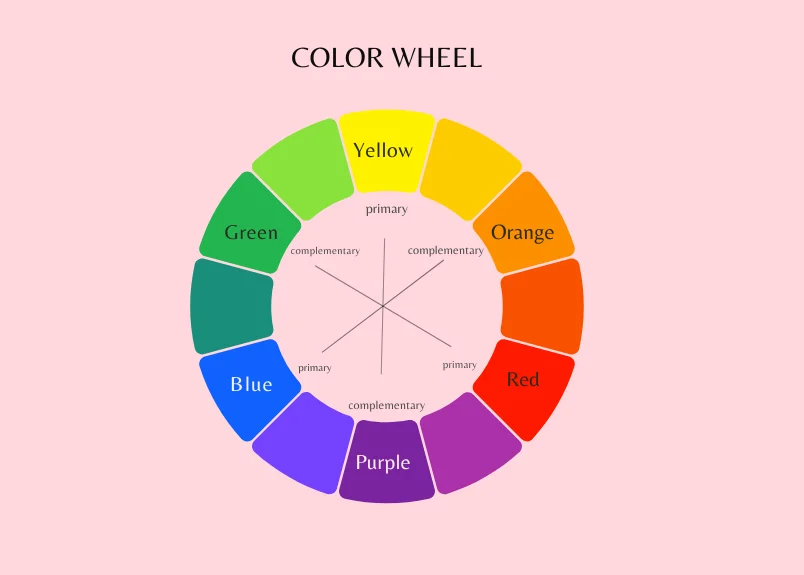
The color wheel is a visual representation of colors organized in a circular format. This tool is divided into primary, secondary, and tertiary colors, with complementary colors located directly across from one another. These complementary colors play a significant role in color cancellation, as they can effectively neutralize each other when mixed. For instance, green is the complementary color to red and can help cancel out red hues in hair color.
With the color wheel as our guide, we can determine which colors cancel out or neutralize others. In the case of red hair, green is the complementary color that can cancel out red tones. This means that using a green-based hair dye or a green toning product can help balance out any unwanted redness in the hair, providing a more neutral result.
The science behind color cancellation
The science behind color cancellation involves recognizing how light wavelengths interact. Each color has its specific wavelength, and when you apply a complementary color, it works to neutralize the target color’s wavelengths. For red tones, using green can visually reduce and balance out the intensity of the red. This approach can significantly impact your hair color strategies.
The combination of colors and their wavelengths illustrates how effectively colors can neutralize one another. When you apply a color opposite to red, like green, it absorbs the red wavelengths, diminishing the unwanted tones in your hair. In addition, understanding how light interacts with colors enables you to make informed choices about your hair color adjustments.
What color neutralizes red tone?
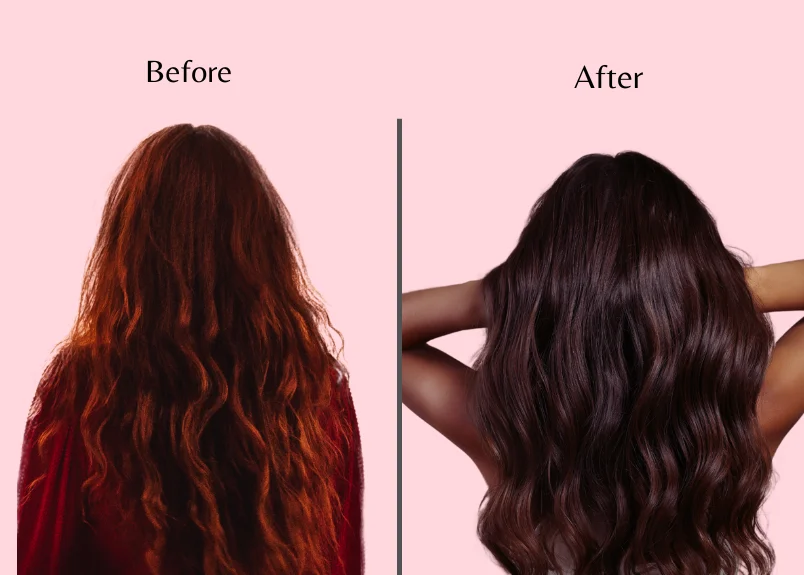
One of the most effective ways to neutralize red hair is by using colors that lie opposite on the color wheel. Green tones are particularly powerful in counteracting unwanted red hues. When you apply green shades, you’re effectively canceling out the warmth of the red spectrum since green is its direct opposite. Different shades of green, such as mint, olive, and forest green, can be utilized for color correction, each offering a unique effect. Light green can help soften bright red, while darker greens can effectively diminish deep, vibrant reds.
Dyeing your hair a shade with green undertones such as ash brown or cool blonde can help neutralize the redness, giving you a more balanced and natural-looking hair color. Additionally, using a green toning shampoo or conditioner can help maintain the neutralized result in between dyeing sessions.
For instance, when looking for hair dye to neutralize red tones, keep an eye out for shades labeled as ash or cool, as these often have green undertones that can help counteract the redness in the hair.
What are the alternatives to green tone?
Across the color wheel, there are other colors like blue or ash tones that can also help reduce redness. Blue shades work similarly to green, effectively canceling out warm tones, particularly in hair that has turned brassy. Ash tones impart a subtle coolness that can shift your hair color and lessen the appearance of redness. However, it’s important to note that the effectiveness of these options may vary based on your initial hair color and the condition of your hair.
Tones like blue and ash are excellent choices if you’re looking for alternatives to green. Blue can be particularly helpful in cool-toning highlights or when red tones are not as vibrant. For a more refined look, ash tones can lend a sophisticated coolness, leaving you with a more subdued color while still battling excess warmth. Combining these tones with strategic color placement can help you achieve a well-rounded, beautiful look, making your hair both vibrant and harmonious.
How to cancel out red hair tone?
Cancellation of red hair tone requires understanding color theory and selecting the right complementary or neutralizing hues. There are various techniques to counteract red tones, ranging from using color-correcting dyes to temporary solutions and toners or seeking professional help at a salon.
- Color-correcting dyes: To counteract red hair, choose a semi-permanent or demi-permanent color-correcting dye that contains green or blue pigments. These tones help neutralize the redness without any drastic changes to the overall hair color and provide a more subtle and gradual transition.
- Hair toners: Hair toners can be an effective temporary solution to cancel out red hair, especially useful for individuals looking to minimize red tones without committing to a permanent color change. Look for toners in ash or cool shades, as they can help neutralize the red pigments. Applying a toner can help achieve a cooler and more balanced hair color, reducing the appearance of red tones.
- Salon techniques for stubborn red tones: Techniques such as color stripping or color balancing treatments can be effective salon options for counteracting stubborn red tones. These methods involve professional expertise and specialized products to address persistent red pigments, offering a more comprehensive approach to color correction. A consultation with a skilled colorist determine the most suitable salon techniques to cancel out red hair, taking into account the individual’s hair type, previous treatments, and desired outcome.
How do I get rid of red undertones in my hair with toning shampoo?
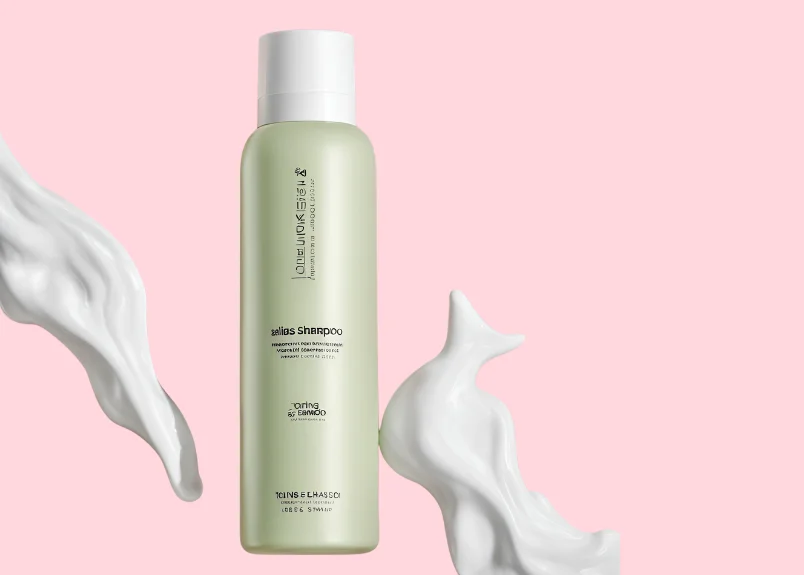
Red undertones can be a tricky foe, but with the right toning strategy, you can achieve cooler, more balanced hair color. Embrace cool colors: Toning shampoos often contain cool-toned pigments that counteract red undertones. Here’s how to utilize toning shampoos to neutralize unwanted redness:
- Green toning: Ideal for medium or dark brown hair with red undertones, green pigments in toning shampoos and conditioners effectively target unwanted red tones.
- Blue-Green or Ash Toning: This type of toning shampoo is best suited for brunette or natural red hair. The blue-green, or ash, pigments specifically tackle red-orange tones, leaving behind a cooler shade.
- Violet Toning: For blonde hair with red-orange warmth, a violet toning shampoo is your weapon of choice. The violet pigments neutralize the red-orange hues, resulting in a cooler, more ashy blonde.
Understanding your hair color:
- Brunette Hair: Dyed or undyed brunette hair can develop red tones over time. Toning shampoos with green pigments specifically target these unwanted reds.
- Blonde Hair: Excessive heat styling or using warm-pigmented dyes can create red-orange undertones in blonde hair. Violet toning shampoos effectively combat these warm tones, leaving a cooler blonde shade.
- Natural Red Hair: Natural red hair often combines red and orange pigments. Blue-green pigments found in ash toning shampoos effectively neutralize both red and orange tones, resulting in a cooler, less brassy red
How do I tone down the brassiness in my hair?
Brassiness is a common hair concern that can leave your locks looking dull and lifeless. To combat this unwanted warmth, consider these effective strategies:
- Violet is the complementary color to orange-red, making it the ideal choice for neutralizing brassy tones. Regularly use a violet-toned shampoo to gradually reduce the warmth in your hair.
- Excessive sun exposure and heat styling can contribute to brassiness. Protect your hair from these elements to maintain a cooler shade.
- Bleached hair is particularly susceptible to damage, so it’s essential to handle it with care.
- Wait at least two weeks after bleaching your hair before using a toning shampoo to allow your hair to recover.
Can I tone down natural red hair?
Yes. Absolutely! You can tone down the red-orange tones in your natural red hair using a blue-green toning shampoo. These ash-toned shampoos are designed to neutralize the warmth in your hair, resulting in a cooler, more balanced shade.
Blue-green toning is often referred to as a “calm” color because it effectively cools down a variety of red pigments, helping your natural red hair look more sophisticated and refined.
How often do I need to use toning shampoo?
To effectively maintain your desired hair color and neutralize unwanted red or orange tones, using a toning shampoo once or twice a week is generally recommended. Consistency is key in achieving and preserving your desired results.
Tips for using toning shampoo:
- Application Time: Leave the toning shampoo on your hair for approximately 2-3 minutes during each treatment. This allows the toning pigments to work effectively.
- Conditioning: Follow up with a matching toning conditioner to provide your hair with essential moisture and nourishment.
- Hair Mask: For more intensive color correction, consider using a green hair mask. This technique allows the toning ingredients to sit on your hair for an extended period, enhancing their neutralizing effects.
- Regular Maintenance: Incorporating regular toning sessions into your hair care routine can help you maintain your desired color and reduce the need for frequent salon visits.
Final Word: What color cancels out red hair?
So, you’ve got a fiery red mane and you’re looking to tone it down a bit? While there’s no one-size-fits-all answer, shades of blue, green, or even purple can help neutralize unwanted red tones. Remember, it’s always a good idea to consult with a professional colorist to get personalized advice and avoid unwanted surprises. Now go forth and experiment with your hair color, confident that you can achieve the pe


